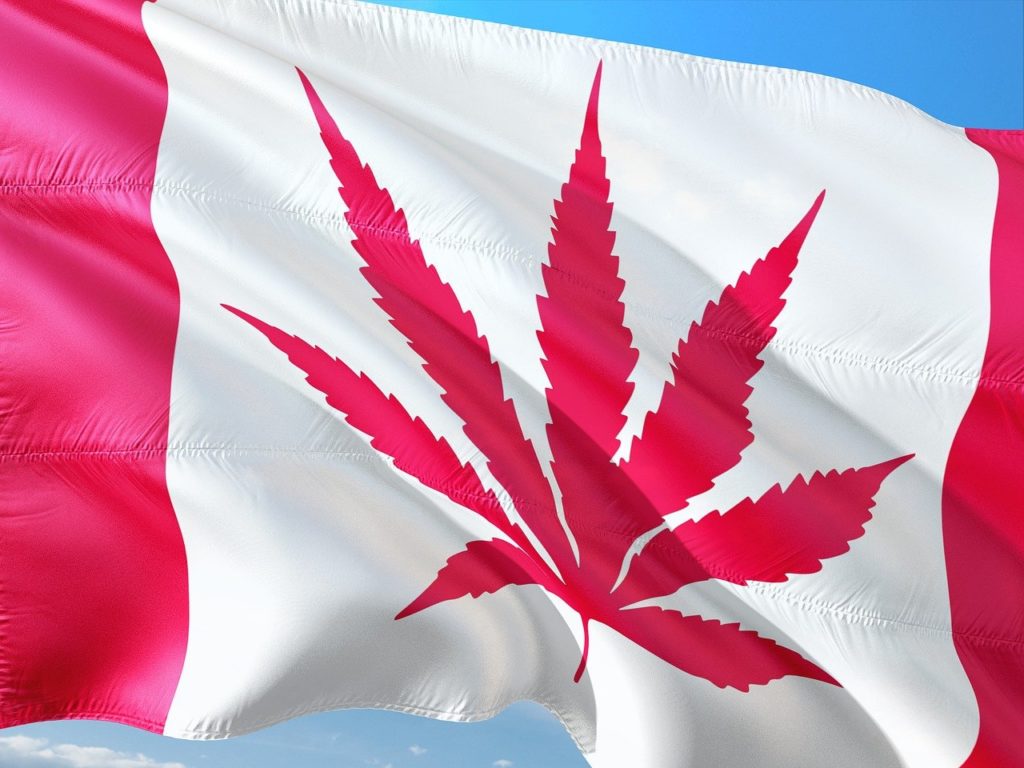Canada is a pioneer when it comes to cannabis legislation, their move to legalise has not only earned them millions in tax revenues, but created job growth and economic performance as well. There are many lessons to be drawn from their model, but the first step has to be to understand the permit system for growers, and how it contributes to the plan’s success: simplicity and flexibility are key.
Producing cannabis in Canada: how do growing licenses work?


Canada legalized cannabis for all purposes in 2018. Despite their cold norther climate, in addition to being able to grow cannabis at home (with a license) in Canada, people can purchase cannabis in dispensaries.
In a very short time, a cannabis market has emerged that generates millions in revenue and taxes and has given rise to a new world of work.
The cannabis buds that can be obtained at the permitted premises are produced in crops that require a license from the Canadian government to operate. And the system is quite organized and simple, if not always perfect, we will walk you through it.
In order to read more about Canadian cannabis laws and regulation, or to stay up to speed with international cannabis legislation and hemp news, download our companion Hemp.IM app.
Types of cannabis licenses available in Canada
Currently there are three types of cultivation licenses in Canada, differentiated mainly by the space to be occupied. The three types of growing license are: Standard, Micro and Nursery.
The Standard license does not include any limitation for indoor or outdoor cultivation, the Micro license is for cultivation of up to 200 square meters. Finally there is the license known as Nursery which allows only about 50 square meters and is designed for cloning or reproduction ventures.
In addition to being straightforward and clear, these categories do not limit the type of crop or the means used. They can be seasonal outdoor crops or year-round indoor crops, with the installation of temporary or permanent greenhouses.
As there are no cultivation requirements, producers can innovate in technologies ranging from totally organic and traditional outdoor cultivation to aeroponics, hydroponics or vertical cultivation.
Each cannabis permit has its own purpose
For the areas covered, the Micro and Nursery license options are the most used by small cannabis producers in Canada, who bet on the artisanal market. It is a generally organic production and with exclusive varieties from under-breeders. It is simpler to acquire thus demands less of a capital intensive investment, hence favoring the small scale producers.
The Standard license is aimed at large companies that not only sell buds but also extracts. These are then used either in edibles or for the market of medicinal extracts. These operations take place at industrial scale to be efficient, and the need for the economy of scale requires much larger growing operations.
Some restrictions exist for Canadian cannabis growing licenses
These Canadian cannabis licenses enable sale and distribution to companies or individuals with distribution permits, but exclude retail sale. Thus restriction is of course crucial to help avoid abuses in the commercial sector.
This is because the production licenses do not provide for analyses of the quality of the final product, a figure called QAP (Quality Assurance Person), which is obligatory for distributors to retail outlets or producers of derivatives (foodstuffs or extracts).
Another limitation is that license holders can only offer live plants or seeds to producers of medical cannabis. Thus significantly complicating the process by which new plants and strains can be acquired by non-medical producers.
—
(Featured image by jorono via Pixabay)
DISCLAIMER:
This article was written by a third party contributor and does not reflect the opinion of Hemp.im, its management, staff or its associates. Please review our disclaimer for more information.
This article may include forward-looking statements. These forward-looking statements generally are identified by the words “believe,” “project,” “estimate,” “become,” “plan,” “will,” and similar expressions. These forward-looking statements involve known and unknown risks as well as uncertainties, including those discussed in the following cautionary statements and elsewhere in this article and on this site. Although the Company may believe that its expectations are based on reasonable assumptions, the actual results that the Company may achieve may differ materially from any forward-looking statements, which reflect the opinions of the management of the Company only as of the date hereof. Additionally, please make sure to read these important disclosures.
First published in RevistaTHC, a third-party contributor translated and adapted the article from the original. In case of discrepancy, the original will prevail.
Although we made reasonable efforts to provide accurate translations, some parts may be incorrect. Hemp.im assumes no responsibility for errors, omissions or ambiguities in the translations provided on this website. Any person or entity relying on translated content does so at their own risk. Hemp.im is not responsible for losses caused by such reliance on the accuracy or reliability of translated information. If you wish to report an error or inaccuracy in the translation, we encourage you to contact us.



Comments are closed for this post.